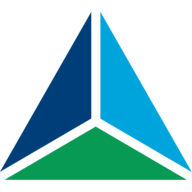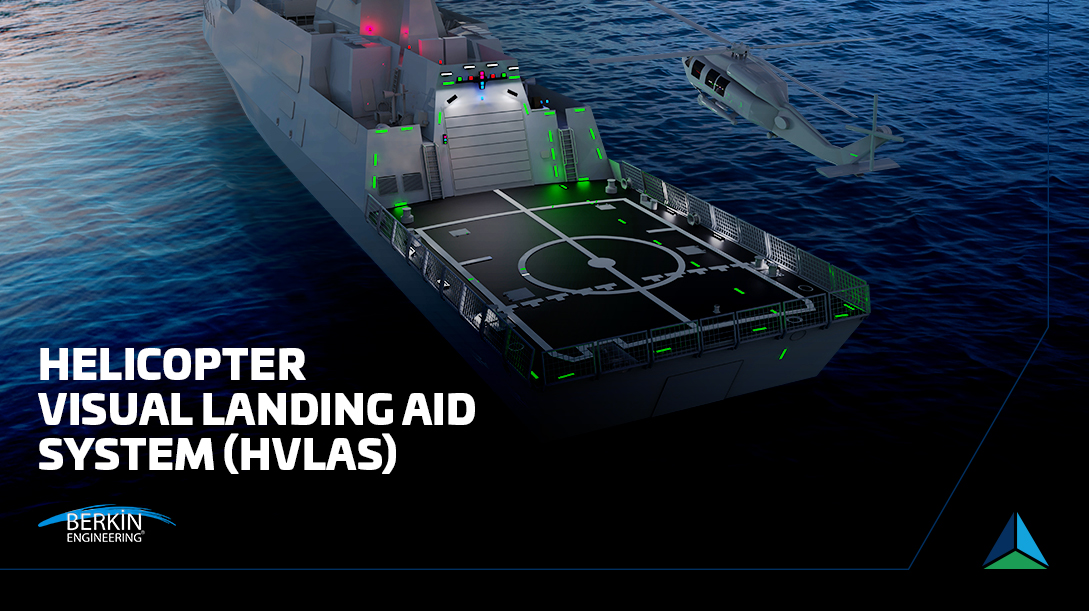New Ships That Strengthen the Turkish Navy Assume Their Duties!
STM, Türkiye's naval engineering power, has handed the keys of TCG İSTANBUL (F-515), Türkiye’s first national frigate, and the TCG UTGM. ARİF EKMEKÇİ (A-575) Logistics Support Ship, built under STM’s main contractorship, to the Turkish Navy.
STM Savunma Teknolojileri Mühendislik ve Ticaret A.Ş. under the leadership of the Defence Industry Agency (SSB) of the Republic of Türkiye, develops innovative and national solutions, contributing to Türkiye’s vision of establishing a fully independent defence sector, and is continuing its efforts in this regard with the construction of national and modern warships for the Turkish Navy.
A ceremony was held on 19 January, 2024 to mark the delivery of four new
naval platforms that will further strengthen the Turkish Naval Forces. “Power in the Blue Homeland: The “New Naval Platforms Delivery Ceremony” was held at Sefine Shipyard in Yalova.
Four New Naval Platform Enter into the Service of the Turkish Navy
The deliveries of
TCG ISTANBUL (F-515), Türkiye’s first national frigate, and Logistics Support Ship TCG ÜTGM. ARİF EKMEKÇİ (A-575), built under the main contractorship of STM, as well as Replenishment at Sea and Combat Support Ship (DIMDEG) TCG DERYA (A-1590), the second largest ship in the Turkish Naval fleet, and the MARLIN Unmanned Surface Vehıcle (USV) all featured in the milestone ceremony for the Turkish Navy.
Attending the ceremony were President Recep Tayyip Erdoğan; Yaşar Güler, Minister of National Defense; Prof. Dr. Haluk Görgün, President of Defence Industry Agency (SSB); Admiral Ercüment Tatlıoğlu, Commander of the Turkish Naval Forces; Özgür Güleryüz, General Manager of STM; and Celal Koloğlu, Member of Board of Sefine Shipyard, as well as many other guests.
Güleryüz: TCG İSTANBUL: One of the Five Most Advanced Frigates in the World
Özgür Güleryüz, General Manager of STM, stated that STM undertakes significant duties in the construction of national surface and submarine ships for the Turkish Navy, and has contributed to the Turkish economy through its exports of naval platforms to Pakistan and Ukraine.
He said that STM was proud to have been selected as the main contractor in the TCG İSTANBUL project, as Türkiye’s first national frigate, and said:
“TCG İSTANBUL, MİLGEM İstif-Class Frigates have taken their place among the five most advanced frigates in the world thanks to their design and technologies. The targeted localisation rate for the Istanbul Frigate was 75 percent, – a figure that we managed to increase to 80 percent through our efforts under the leadership of the SSB, and TCG İSTANBUL has thus taken the crown as the warship with the highest localisation rate in Türkiye. Our national frigate will serve as an important deterrent for our country in the world's seas thanks to its national electronic warfare systems, which have a high localisation rate, its new generation national combat management system and its ability to launch air-guided projectiles.”
“Logistics Support Ship TCG UTGM. ARİF EKMEKÇİ”
Referring to the Logistics Support Ship built under another project in which STM was the main contractor, Güleryüz said:
“Following the successful delivery of TCG Yüzbaşı Güngör Durmuş (A-574), the first ship of the project, we are proud to be delivering TCG UTGM. ARİF EKMEKÇİ (A-575), the second ship of the project to the Turkish Navy. TCG UTGM. ARİF EKMEKÇİ Logistics Support Ship, named after SAT Commando Lieutenant Senior Grade Arif Ekmekçi who lost his life in the line of duty, will strengthen the supply and logistics capabilities of our Naval Forces, undertaking a broad range of tasks and carrying the cares of the Blue Homeland on its shoulders through its abilities to replenish fuel at sea, and to carry tons of liquid and solid cargoes, with a range of 9,500 nautical miles.”
We are undertaking more than 10 naval projects in 9 shipyards
Güleryüz drew attention to the extent of STM’s activities in the military and naval fields, and went on to say:
“STM takes pride in having successfully contributed to the naval capacity of our country with more than 10 naval platform projects being undertaken in 9 civil and naval shipyards. As Türkiye’s naval engineering power, we will continue to meet the needs of our Navy and the navies of friendly and allied nations with sea-going vessels, from aircraft carriers to modern submarines, meeting the needs of the age and following a visionary and modern approach backed by national means, and to successfully represent our country around the world.”
TCG İSTANBUL, Türkiye’s First National Frigate
The contract for the construction of the TCG İSTANBUL (F-515) – the first ship in the MiLGEM İ-Class frigate project under Phase 2 of the MiLGEM ADA-class corvette project – was signed on 12 April, 2019 between STM and the Defence Industry Agency (SSB). Following the launch of TCG İSTANBUL (F-515) on 23 January, 2021, the ship rigging in a dry dock and port acceptance tests were subsequently launched in May 2022.After the completion of the port acceptance tests, TCG İSTANBUL was put to sea for the first time for Sea Acceptance Tests after a flag hoisting ceremony held on 20 June, 2023.
TCG İSTANBUL joined the 100-ship official parade held by the Turkish Navy in the İSTANBUL Strait to mark the 100th anniversary of our Republic and the 250th anniversary of the Turkish Naval Academy, thus being introduced to citizens and sailors. TCG İSTANBUL was delivered to the Turkish Naval Forces Command at a ceremony held on 19 January, 2024.
Features of TCG İSTANBUL
As the first Turkish frigate designed by Turkish engineers, the structure of TCG İSTANBUL (F-515), as well as that of the other İstif-Class frigates earmarked for construction, will differ from the ADA-class corvettes in their ability to carry and launch homing surface-to-air missiles.
The frigate has been developed for anti-submarine and surface warfare roles, anti air warfare and reconnaissance, surveillance, target detection, identification, recognition and early warning missions, and measures 113 meters in length with a beam of 14.4 meters. TCG İSTANBUL was constructed at Istanbul Naval Shipyard and has been integrated with advanced national solutions, including the ATMACA Anti-Ship Missile and MİDLAS Vertical Launch System (VLS) developed by Roketsan; the Gökdeniz Close-In Air Weapon System and Cenk-S AESA Radar developed by ASELSAN; and the ADVENT Combat Management System developed by HAVELSAN under the guidance of Naval Forces Command. A total of 220 companies have contributed to the project, including 80 subcontractors working on the supply of more than 150 systems.
Eight İ-Class Ships to Be Built
Works on the construction of the sixth, seventh and eighth MİLGEM I Class Platforms, which will be sister ships to TCG İSTANBUL, Türkiye’s first national frigate, were launched in partnership with STM and TAİS in 2023.
A ceremony was held for the first sheet metal cutting of the national frigates (TCG İZMİR, TCG İÇEL and TCG İZMİT) on 10 April, 2023 with the participation of President Recep Tayyip Erdoğan. The intention is to complete the construction of the three frigates within 36 months and to deliver them to the Turkish Navy.
At a meeting chaired by President Erdoğan on 3 January, 2024, the Defence Industry Executive Committee (SSİK) decided to extend the MİLGEM project with the construction of four further İ-Class Frigates (numbered 9–12), increasing the number of İ-Class frigates to be built in programme to eight.
Logistics Support Ship UTGM. ARİF EKMEKÇİ
A contract was signed between the SSB and STM on 9 February, 2021 for the delivery of two Logistics Support Ships to Turkish Naval Forces Command. As the main contractor in the project, STM was assigned responsibility for all programme management, procurement, assembly, ship outfitting, integration, testing and ILS activities.
TCG YZB. GÜNGÖR DURMUŞ (A-574), the first ship in the Logistics Support Ship Project, was constructed in ADA Shipyard, and was delivered to Turkish Naval Forces Command at a ceremony held on 8 December, 2021. TCG UTGM. ARİF EKMEKÇİ (A-575), the second ship in the project, took to the seas for the first time to begin its Ship Acceptance Tests after a flag hoisting ceremony held on 5 July, 2023, and entered the inventory of Turkish Naval Forces Command following a ceremony held on 19 January, 2024.
Named after SAT Commando Lieutenant Senior Grade Arif Ekmekçi, who lost his life in the line of duty, the ship measures 106.51 meters in length and has a beam of 16.80 meters. The ship is operated by an 82-person crew, and features an aft floating system and fleet replenishment capabilities. The ship can sail at speeds of 12+ knots and has a cruising range of 9,500 nautical miles. It is equipped with two 12.7 mm ASELSAN STAMP weapon systems and a helipad that can accommodate a 15-ton utility helicopter. Its logistics capabilities are supported by a crane with a lifting capacity of 18 tonnes, and it can carry eight containers, 631 tons of drinking water, 336 tons of JP-5 helicopter fuel and 4,036 tonnes of F-76 fuel.

www.stm.com.tr

 www.stm.com.tr
www.stm.com.tr














